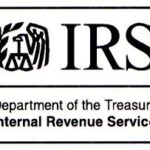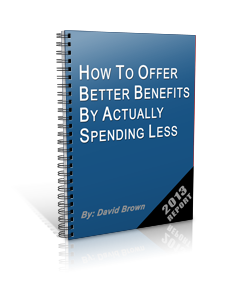With the new health care benefit comes due diligence on behalf of the small business owner. As with so many other IRS requirements, things may become convoluted or confused when trying to interpret their guidelines.
We will try and define three elements you may use to determine eligibility for this government subsidy.
You are an eligible for a subsidy as a small employer for the tax year if you meet the following three requirements:
- You paid premiums for employee health insurance: A qualifying arrangement of a uniform percentage of 50% of the employee’s premium cost. In addition, composite billing or uniform premium may qualify, even if it is less than 50%.
- 25 full-time equivalent employees (FTEs) for the tax year: You may be able to meet this
requirement even if you had 25 or more employees. - Annual average wages for the tax year of less than $50,000 per FTE: Determined by taking your total gross salaries and divide by the number of FTEs.
Variances in these numbers may affect your total tax credit or your ability to qualify. The higher the FTE count and the average annual wage, the lower your credit percentile.
How Do You Define an Employee?
Typically, anyone performing services for you during the tax period and are used to determine your annual average wage, are considered employees for this calculation. In general, all employees who perform services for you during the tax year are taken into account in determining your FTEs.
Excluded Employees
The following individuals are not considered employees when you figure this credit. Hours and wages of these employees and premiums paid for them are not counted when you figure your credit:
- The owner of a sole proprietorship.
- A partner in a partnership.
- A shareholder who owns (after applying the section 318 constructive ownership rules) more than 2% of an S corporation.
- A shareholder who owns (after applying the section 318 constructive ownership rules) more than 5% of the outstanding stock or stock possessing more than 5% of the total combined voting power of all stock of a corporation that is not an S corporation.
- A person who owns more than 5% of the capital or profits interest in any other business that is not a corporation.
- Family members or a member of the household who is not a family member but qualifies as a dependent on the individual income tax return of a person listed above. Family members include a child (or descendant of a child), a sibling or step sibling, a parent (or ancestor of a parent), a stepparent, a niece or nephew, an aunt or uncle, or a son-in-law, daughter-in-law, father-in-law, mother-in-law, brother-in-law, or sister-in-law. A spouse is also considered a family member for this purpose.
- Employees consider seasonal employees who work less than 120 days during the tax year, however, any insurance premiums must be included in your calculations.
These guidelines should give you a clear outline as to how to classify your workforce in order to determine eligibility for this tax credit. The health care bill offers a multitude of options for small business owners to explore, so it’s important to follow these guidelines carefully so you don’t miss out.
Next, we will explore and get some definition as to what premiums should be used in your calculations. Lets find out if your Health Insurance Premiums Qualify?

Do My Health Insurance Premiums Qualify?
Reference IRS Notice 2012-82 and 2012 Instructions for Form 8941 for further information. Links provided below.






